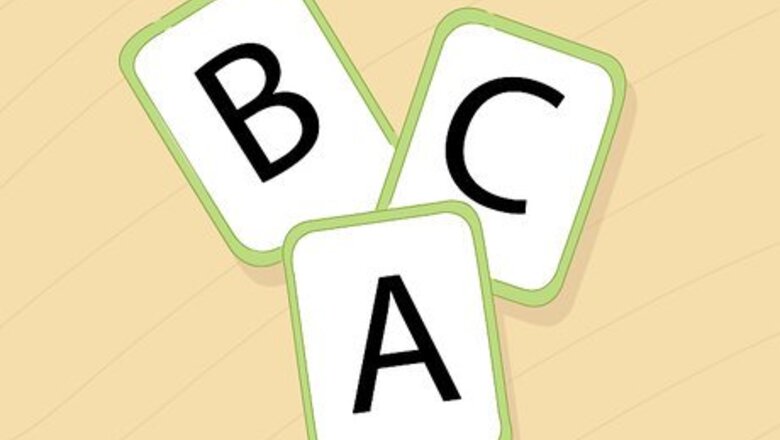
views
Introducing Letters and Sounds with Flashcards
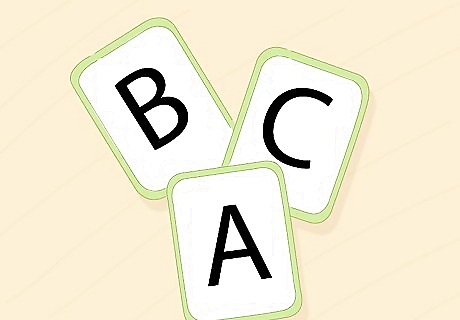
Make, buy, or print off a set of alphabet cards. Provide 26 cards, one for each letter; they can have capitals, lowercase letters, or both on them. You’ll use them to practice letter recognition and sound recognition. A quick internet search will reveal countless sources of free, printable alphabet cards. Or, you can make them yourself (perhaps with the kids' help). Choose colorful index cards and markers to make them more visually interesting. Write the letter clearly on one side, and the sound(s) on the other.
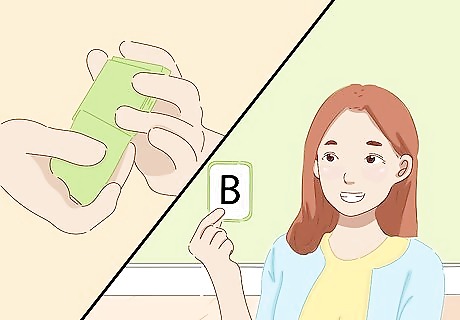
Shuffle the cards in random order. Hold up one card at a time. Ask your child to say the name of each letter. Then, have your child produce the sound of each letter. Provide extra guidance as needed for letters that produce more than one sound. For instance: "You're right, "c" does make that sound in a word like cat. But what sound does it make in the word circle?"
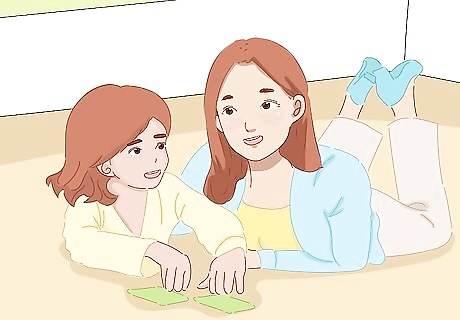
Move on to letter combination cards. As your child becomes more practiced, they will be ready to identify letter patterns — two letters combined to represent one sound. Provide new flashcards that show common letter patterns, such as vowel pairs: /ea/, /ee/, /oa/, /ai/; and digraphs: /sh/, /ch/, /th/, and /wh/. Letter combination cards are also available for download or purchase, or you can once again make them yourself.
Matching Letter Sounds with Picture Cards
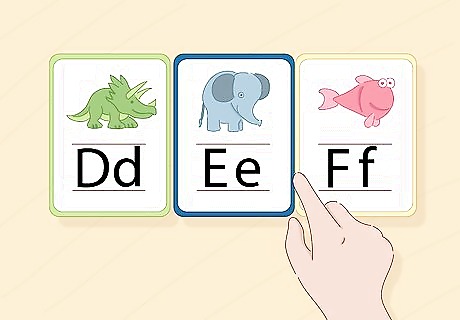
Identify letter-sound matches. To build letter-sound matches, have your child sort picture cards according to their beginning sounds. Acquire or make a set of picture flashcards that includes at least one picture that starts with each letter of the alphabet. Provide multiple picture cards for more common word-starting letters. Make sure they are images that a child will easily recognize. For instance, a turtle is a better choice than a trombone or toolbox.
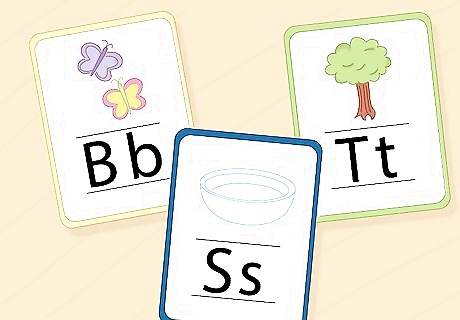
Select a group of picture cards to begin the exercise. Pick out a set with three initial consonant sounds that are very different, such as: /b/, /s/, and /t/. Review the cards before you have your child sort them by starting sound. For instance, the pictures could represent the following: bear, triangle, smile, spoon, sunflower, spinner, sign, train, tree. If your child needs support, ask “What is the first sound you hear in the word bear? What letter makes the /b/ sound? Is it the letter b, s, or t?"
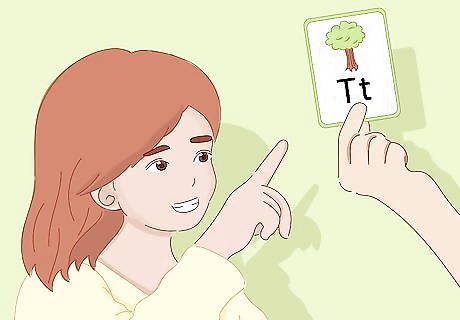
Have your child sort the pictures according to their ending sounds. After ample practice sorting picture cards by starting sounds, you can increase the difficulty by turning to ending sounds. For instance, produce the cards for bat, frog, run, bag, spot, and corn. Ask similar questions to those regarding starting sounds: "What is the last sound you hear in the word frog?"
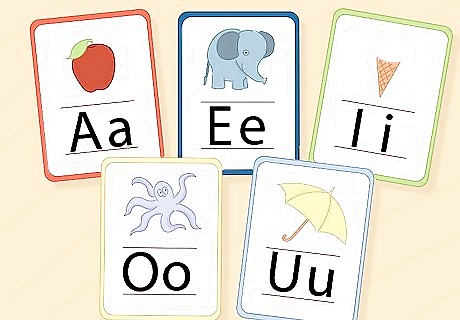
Increase the difficulty by focusing on vowels and combinations. Eventually, you can move on to having the child sort pictures according to their medial sound represented by their vowel pattern — for instance: /e/: seal, peas, read, team, wheel; /o/: boat, coat, toad, road. Likewise, you can have them sort according to the words’ beginning digraphs — such as: chair, cherries, shoe, sheep, thread, three, wheat, whiskers. Once again, ask guiding questions: "What sound do you hear in the middle of the word boat?"
Filling in Blank Squares to Make Words
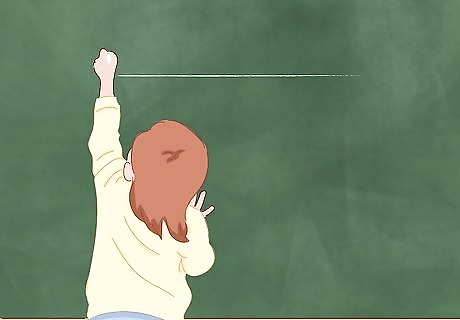
Create a set of empty squares and letters to fill them. Use a chalkboard, whiteboard, posterboard, corkboard, etc. Make a set of side-by-side, empty squares; three is a good starting point. Each square will represent a sound (and, early on, a single letter) in the chosen word. Place different magnetic (or similar) letters below the set of squares. You might also want to use black lettering to represent consonants, and red to represent vowels.

Say a C-V-C word to the child. This is a three letter word that consists of two consonants and a vowel. The vowel appears in the middle of the consonants and makes the short vowel sound. C-V-C words consist of the same number of sounds and letters. Examples include: cat, hat, sat, bat, pet, set, bet, tap, cap, cab. After you say the word, have your child repeat it slowly, pronouncing each sound heard: /c/, /a/, /t/.
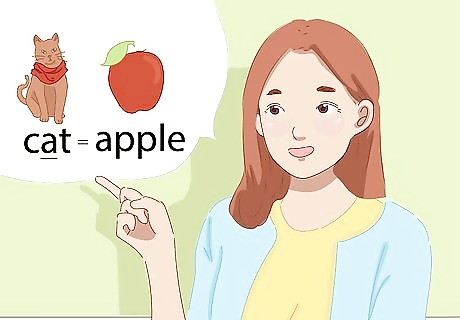
Ask your child to choose the correct letter for each sound heard. Have them begin building the word by placing the first letter in the first box, moving from left to right. This will help to reinforce that the letters need to be placed in the correct order to build (make) the given word. Guide them along if they struggle: "The middle of "cat" sounds like the start of "apple." What letter starts the word apple?"
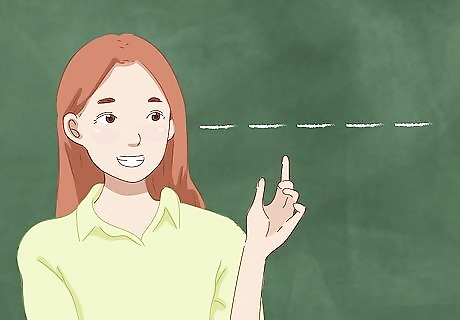
Develop an understanding of letter patterns. Extend the activity by dictating words that include vowel pairs and/or digraphs. Words consisting of vowel pairs and digraphs (two letters combined to represent one sound) will always have a greater number of letters compared to sounds. For instance: soup, soap, chin, that, rich. Keep using three squares for these types of four-letter words. Have them put the paired letters that make a combined sound into a single square.
Changing Words by Replacing Letters
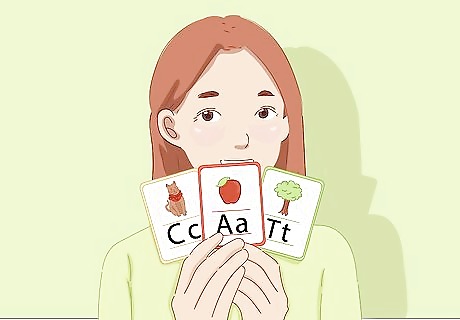
Introduce how changing letters changes words. Begin by displaying (in random order) the magnetic letters that are needed to build the chosen word — for instance, “c,” “a,” and “t” for “cat.” Next, draw three boxes (in this case) or more, depending on the number of sounds heard. Instead of magnetic letters on the board, you can use letter cards on a tabletop.
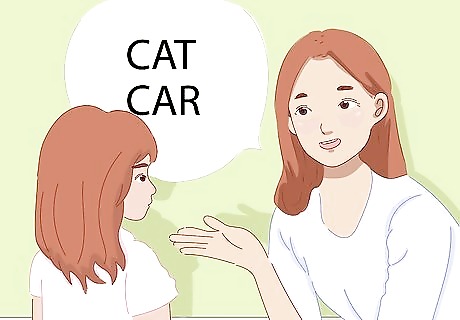
Encourage your child to spell the chosen word. Speak the word (e.g., cat) and have them listen to the sounds and place the corresponding letters in the correct order from left to right. Guide them as needed: "Cat, car, and cup all start with the same letter. Do you remember what letter "car" starts with?"
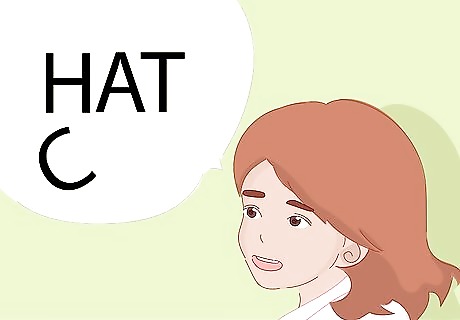
Ask them to choose a new first letter to change the word. Provide a few more magnetic letters. In the case of “cat,” ask your child to switch the letter “c” with the letter that makes the sound /h/ to build the word “hat.” Have them read the new word aloud.

Continue to increase the complexity of the switches. For example, have your child replace the “h” with the combination of letters that make the /ch/ sound. Ask your child to read the new word - “chat.” Then, have your child change the word “chat” to “chap.” Include vowel sounds as well — turn “chap” into “chop.” As their skills develop, increase the difficulty with longer words and more patterns.
Reinforcing Phonics with Reading
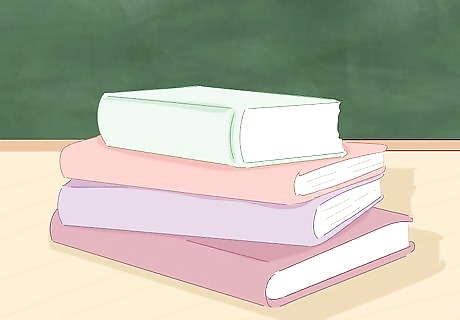
Find kids’ books that specifically support learning phonics. To reinforce the skills you’ve been introducing, select books for your child that highlight the phonics patterns practiced in these activities. This will help your child to strategically apply the skills learned to reading words in books. Several children’s book publishers produce series marketed specifically towards phonics development. That said, any kids’ book that is engaging and skill-level appropriate will be beneficial.

Read aloud to children often. Make reading a reliable part of your daily routine together. Allow your kid to pick the book they’d like to read — ideally, from a list of several phonics-focuses options — and read it to them enthusiastically. Do different voices and make the experience fun. Read rhyming books, poems, and songs. Read naturally, but perhaps more slowly and clearly than normal. Enunciate the different sounds in the words you read. You can also point to the word you’re reading.

Re-read familiar books time and again. Many kids have no problem with reading the same book over and over, and it'll help them learn to memorize the words and read them back. Even if you’re getting a bit bored with the book, summon up the same enthusiasm for reading it to them. Eventually, they’ll move on to another book that they’ll want to read repeatedly!
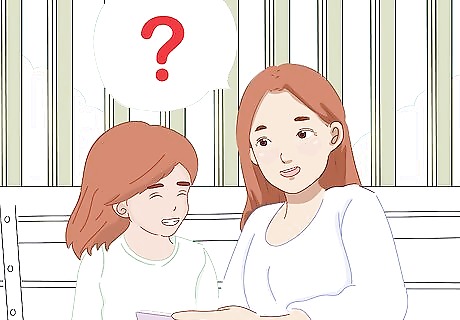
Ask lots of questions while reading. Questions help keep your child actively engaged, and can help support learning phonics as well. For instance, while reading, point to the word “dog.” Ask “Do you know what word this is?” If they need a bit of help, say “Well, let’s start reading the sentence — “Joe walked his …” — Now what do you think the word might be?” Even if not directly connected to learning phonics, asking reading comprehension questions like “Now, why do you think she did that?” or “Hmm … What’s going to happen next?” will enhance concentration and enthusiasm.

Listen to them read. As your child transitions to reading to you (instead of the other way around), be an active and engaged listener yourself. Make it clear that you’re listening closely — saying things like “Wow!” or “That’s a surprise” or “That’s funny, isn’t it?” Acknowledge their effort! When they stumble on a word, don’t rush to give it to them. Help them try to sound it out first — “OK, now what sound does the letter “P” make?” If they continue to have trouble with the word, though, provide them with it before they get too frustrated and don’t want to continue.













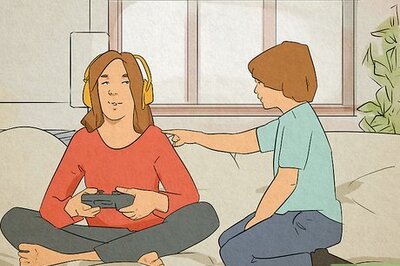

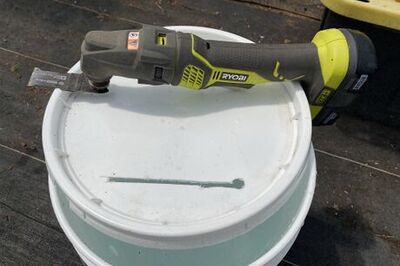


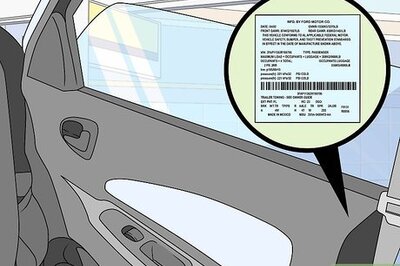
Comments
0 comment